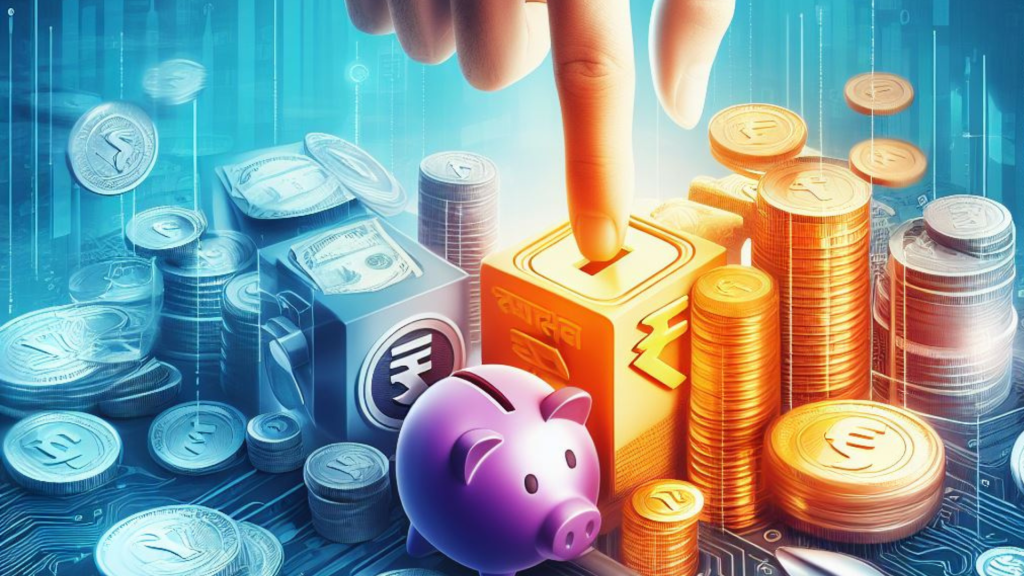How is the value of the rupee determined? This is a common question that arises when considering the daily news in print and electronic media regarding the value of the rupee in terms of dollars and vice versa. It might be a mysterious question for someone who lacks basic awareness of a country’s ecosystem. I’ve heard someone ask their friends, “Why should we worry if the value of the rupee increases from 55 to 60 per US dollar?” They suggest that we should be happy because the rupee value increased from 55 to 60, i.e., by 5 rupees!
For those who are involved in matters related to the economy, trading, investment, and international business conditions, this question can be quite perplexing. In this article, I will discuss how the value of a country’s currency is determined in terms of foreign exchange.
The value of a country’s currency against another depends on many variables. Among these factors, the two market forces of demand and supply for the currency are key determining factors. Scroll down to learn more about how the value of the rupee is determined.
इस पोस्ट में क्या है ?
How the value of rupee is determined?
Demand and supply :
If the demand for one currency against another rises, the value of the former increases relative to the latter. For example, if the demand for US dollars ($) increases in India, the value of the rupee will naturally decrease. Understanding the supply and demand dynamics of a currency is crucial in such scenarios.

For instance, if a significant amount of dollars flows into the Indian economy, there will be an increased demand for rupees as these dollars need to be converted into rupees. The demand for rupees rises, leading to an increase in the value of the rupee.
Apart from the demand and supply principle, several factors act as drivers influencing the fluctuation of a currency’s value. Some of these factors include:
Factors Influencing the Value of Rupee
(1) Market Psychology:
Investors, when perceiving a downtrend in the market where their investments are held, seek lower-risk and less volatile markets to prevent losses. For instance, if foreign institutional investors in India anticipate a market decline, they may shift their investments to a more stable economy like the US. This action decreases the demand for the rupee, resulting in the appreciation of the US dollar against the rupee.
(2) Fiscal Policy:
Government decisions regarding international debt borrowings impact the demand for dollars. If a government plans to borrow from international funding agencies to bridge revenue-expenditure gaps, it increases the demand for dollars as many international debts are denominated in US dollars. Additionally, increased purchases of crude oil and petroleum, which are often traded in dollars, contribute to higher demand. Consequently, the demand for the dollar depreciates the value of the rupee.
(3) Interest Rates & Average Rate of Return:
The ability of the government to offer interest rates on bonds and instruments that cover international market risks attracts foreign investments in terms of dollars. This increased supply of dollars strengthens the rupee. Similarly, if the Indian stock markets consistently provide average returns comparable to foreign markets, it attracts foreign institutional investors, leading to rupee appreciation. Thus, the value of the rupee is closely tied to the economic health of the country.
(4) Imports and Exports:
A trade imbalance, where imports exceed exports, contributes to rupee depreciation. For example, when a company imports goods from the US, it needs to pay the supplier in US dollars, requiring the purchase of dollars with rupees. If exports do not sufficiently cover import costs, there is a lower supply of dollars in India but a rising demand. This situation leads to an increase in the rupee cost for purchasing one US dollar, resulting in rupee devaluation.
Beyond these factors, various other aspects contribute to determining the value of the rupee.
How is the value of the rupee determined FAQ
The value of the rupee is influenced by various factors, with key determinants being the market forces of demand and supply. Additionally, market psychology, fiscal policies, interest rates, average rate of return, and trade balances play significant roles.
If the demand for a currency, such as the US dollar, increases, the value of that currency rises in relation to others. For example, if there’s a significant inflow of dollars into the Indian economy, the demand for rupees increases, leading to a stronger rupee.
Market psychology plays a crucial role. If investors anticipate a market downturn, they may shift investments to a more stable economy, decreasing the demand for the rupee and strengthening currencies like the US dollar.
Government decisions, such as borrowing international debt, impact the demand for dollars. High demand for dollars, whether for debt repayment or increased imports, can depreciate the rupee’s value.
Competitive interest rates on government bonds and a consistent average return on investments attract foreign funds, leading to an increased supply of dollars and strengthening the rupee.